Author: Henry Wessells
commonplace book : autumn 2025
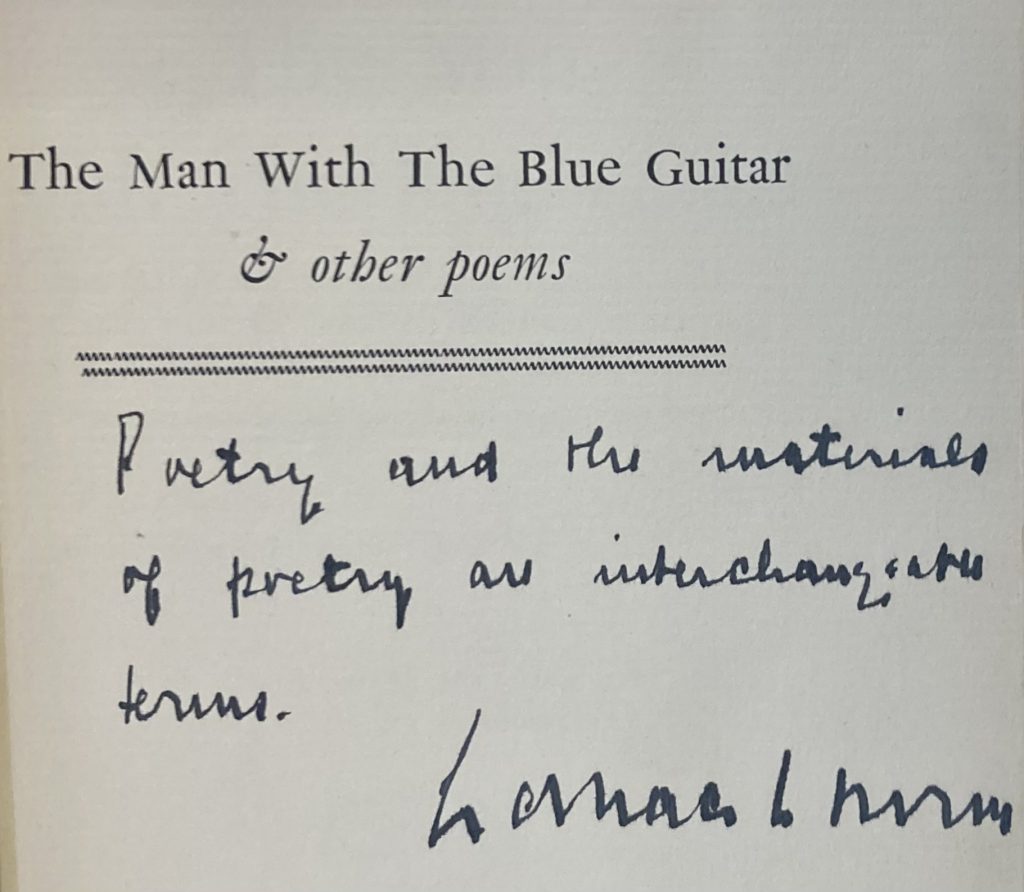 Poetry and the materials of poetry are interchangeable terms. Wallace Stevens
Poetry and the materials of poetry are interchangeable terms. Wallace Stevens
/ inscription in a copy of The Man with the Blue Guitar, 1937.
— — —
I collect only words : the books on the shelves are forests and mountains, pathways and tools and ore and tailings
— — —
What is a book but the record of the struggle of a story to tell itself ?
— Henry Wessells on the writings of Peter Straub
/ from the archives
— — —
Il représentait en ce siècle, et contre l’Histoire, l’héritier actuel de cette longue lignée de moralistes dont les oeuvres constituent peut-être ce qu’il y a de plus original dans les lettres françaises. Son humanisme têtu, étroit et pur, austère et sensuel, livrait un combat douloureux contre les événements massifs et difformes de ce temps. Mais, inversement, par l’opiniâtreté de ses refus, il réaffirmait, au coeur de notre époque, contre les machiavéliens, contre le veau d’or du réalisme, l’existence du fait moral.
— Jean Paul Sartre, on Camus after his death in 1960
— — —
“It feels extraordinary to be reviewing now, in 2025, a new book of ten poems by Charlotte — astounding not only that they have not been published before, but also that they have never been transcribed or photographed. [. . .]
“But they make their own argument for publication. It’s not just that they are good, but that it is amazing to read a young writer loudly, exultingly, exploring her ideas on the page. [. . .] perhaps Charlotte’s book has been rediscovered just when it is needed — as a reminder of what can happen when children are allowed to write headlong and with joy, spelling everything wrong, but getting everything that’s most important right.”
— Samantha Ellis, reviewing A Book of Ryhmes by Charlotte Brontë in the TLS
— — —
”
late september : more Innes, book fair, etc
It’s late September, and preparations are afoot for the Empire State book fair (Friday to Sunday (26-28 September) at Vanderbilt Hall near Grand Central Terminal. I continue to read my way through the box of Michael Innes, always with pleasure. If you come to the fair, come say hello, I’ll be there (at the Cummins booth). Copies of The Critical Mess by Michael Zinman will be available, as well as copies of my own books.
— — —
recent reading :
— Michael Innes. Christmas at Candleshoe [1953]. Penguin Books, [1961].
— —. A Connoisseur’s Case [1962]. Penguin Books, [1966].
— —. A Family Affair [1969]. Penguin Books, [1972].
— —. Death at the Chase [1970]. Penguin Books, [1971].
— —. An Awkward Lie [1971]. Penguin Books, [1974].
— —. Appleby’s Answer [1973]. Penguin Books, [1978].
— —. Appleby’s Other Story [1974]. Penguin Books, [1978].
— —. Appleby and Honeybath [1983]. Penguin Books, [1984].
And with two additions to the titles in the box :
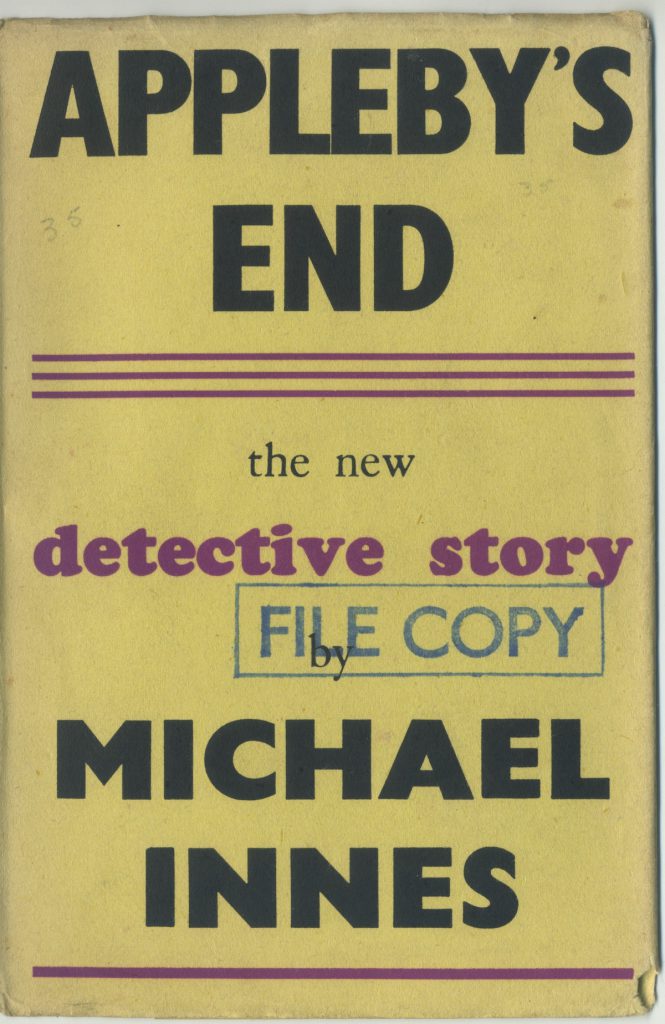
— Michael Innes. Appleby’s End. Gollancz, 1945. File copy in the (slightly faded) yellow dust jacket.
This is the best of them all, (though The Secret Vanguard runs a close second).
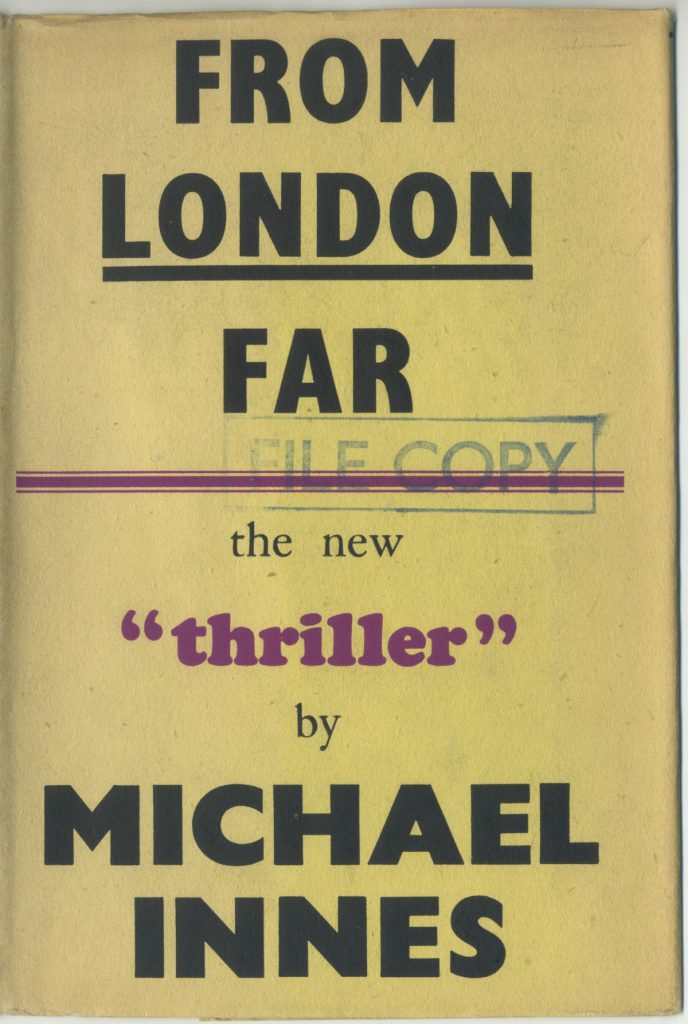
— Michael Innes. From London Far. Gollancz, 1946. File copy in the (slightly faded) yellow dust jacket.
Hilarious, madcap conspiracy of international art smuggling in a background of the end of the second world war, impeccably choreographed (with knowing aside to John Buchan), and a crazed mastermind whose secret lair is the wildest ever, and with a suitable catastrophe ending.
/ file under : Fleming (or : Bond) and his precursors
— — —
how I spent my summer vacation, part ii
the first part in Copenhagen (see : here) and the second bit near the seashore :
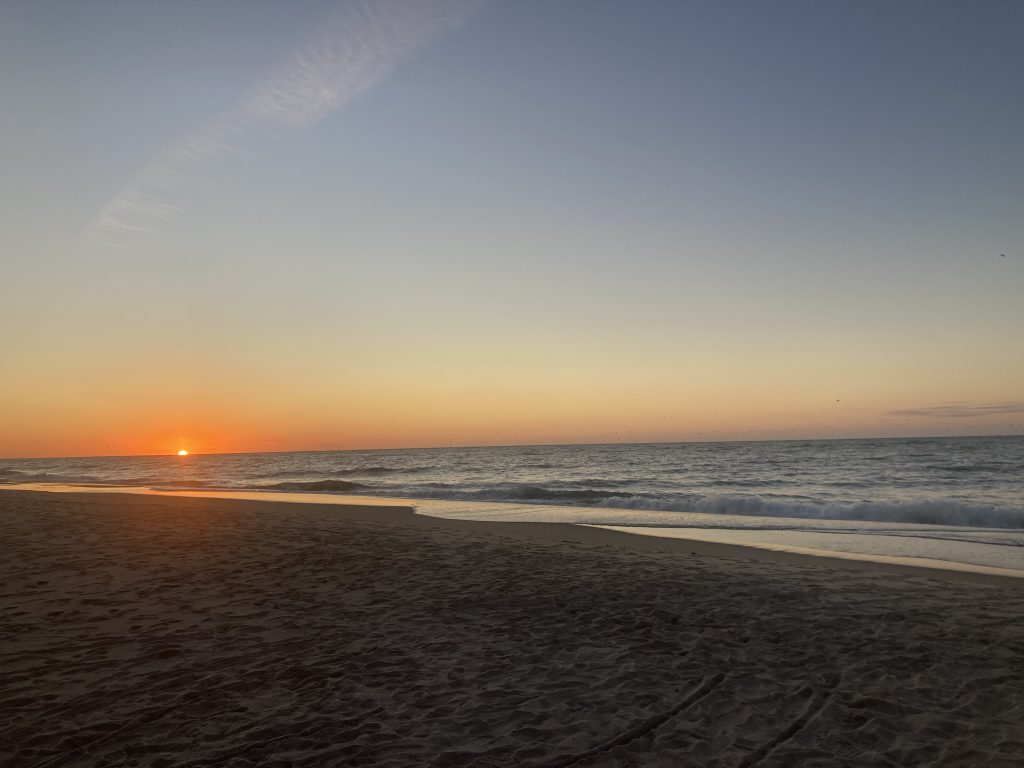
(this is the etc. in the title)
— — —
end of summer mailbag :
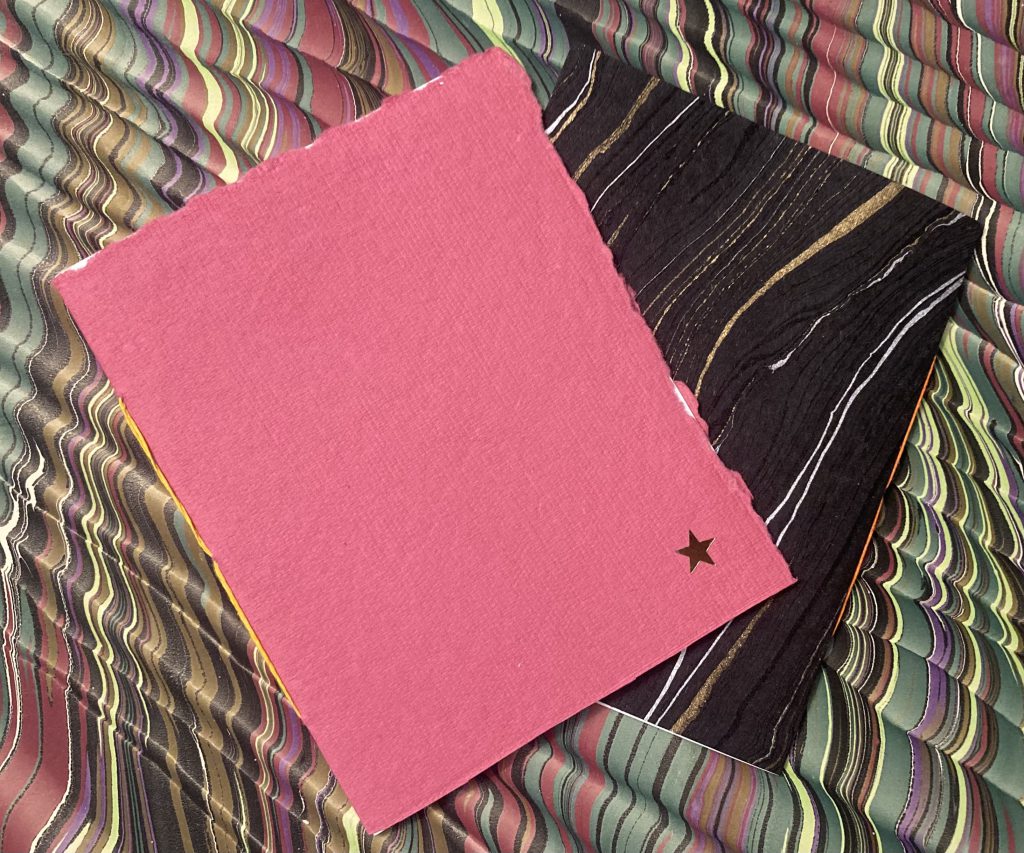
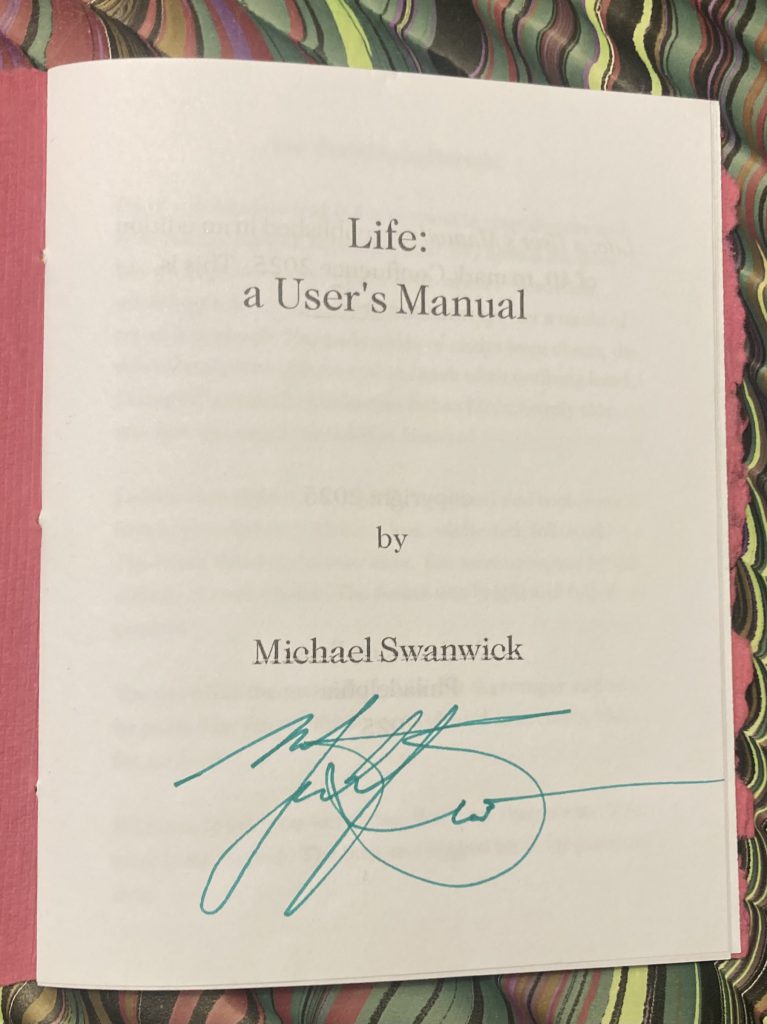
— Michael Swanwick. Life : a User’s Manual. [Dragonstairs Press, 2025]. Edition of 40.
Seven miniature essays, including The Abyss, which begins : “This is a test.”
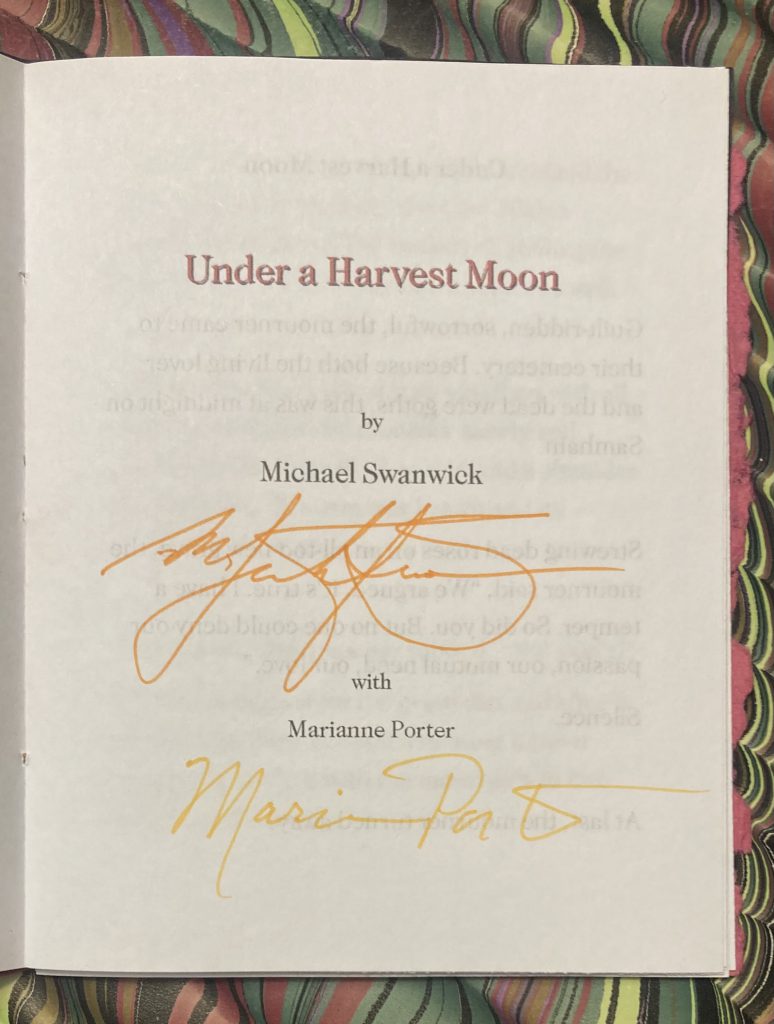
— Michael Swanwick, with Marianne Porter. Under a Harvest Moon [2023]. [Dragonstairs Press, 2025]. Edition of 80.
Printed record of a work of landscape art, “written on leaves in and near cemeteries in Philadelphia” in the autumn of 2023.
september : Copenhagen, recent reading, &c
It’s September again, and the annual congress of the Association internationale de bibliophile (A.I.B.) will be held in Copenhagen 7-14 September. I am looking forward to the gathering, in particular the chance to see the Arnamagnæan manuscripts at the university of Copenhagen. And the surprises to be encountered in a city I’ve never before visited.
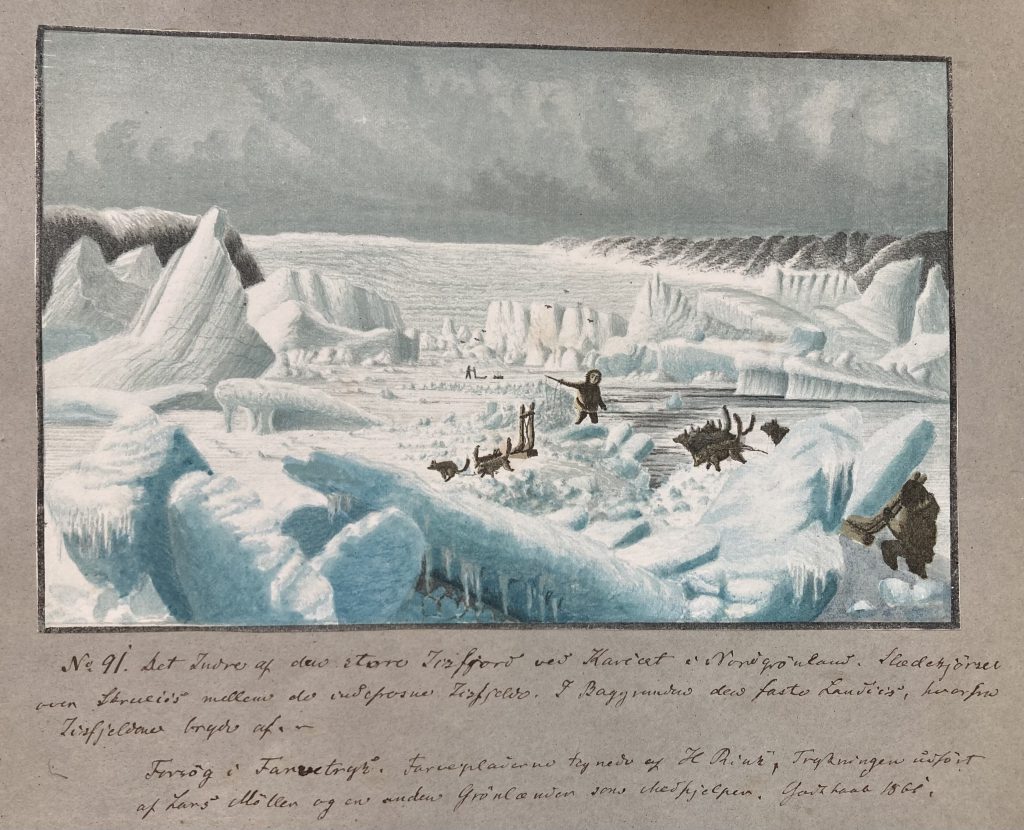
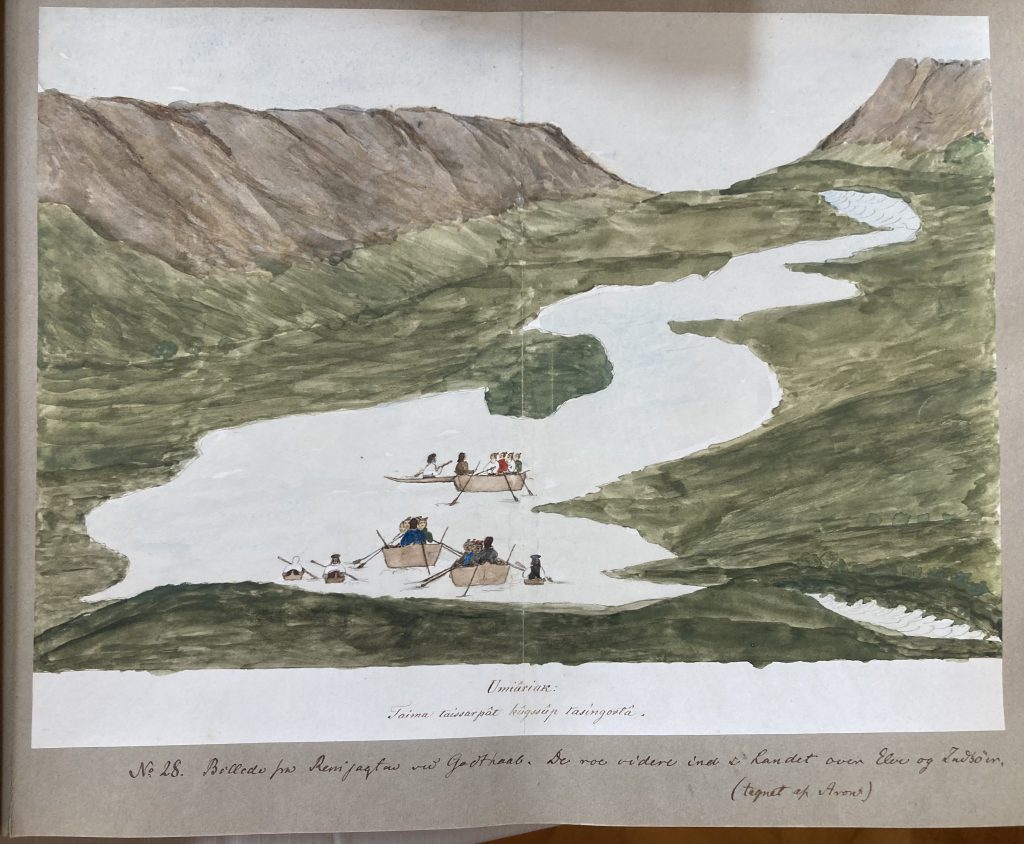
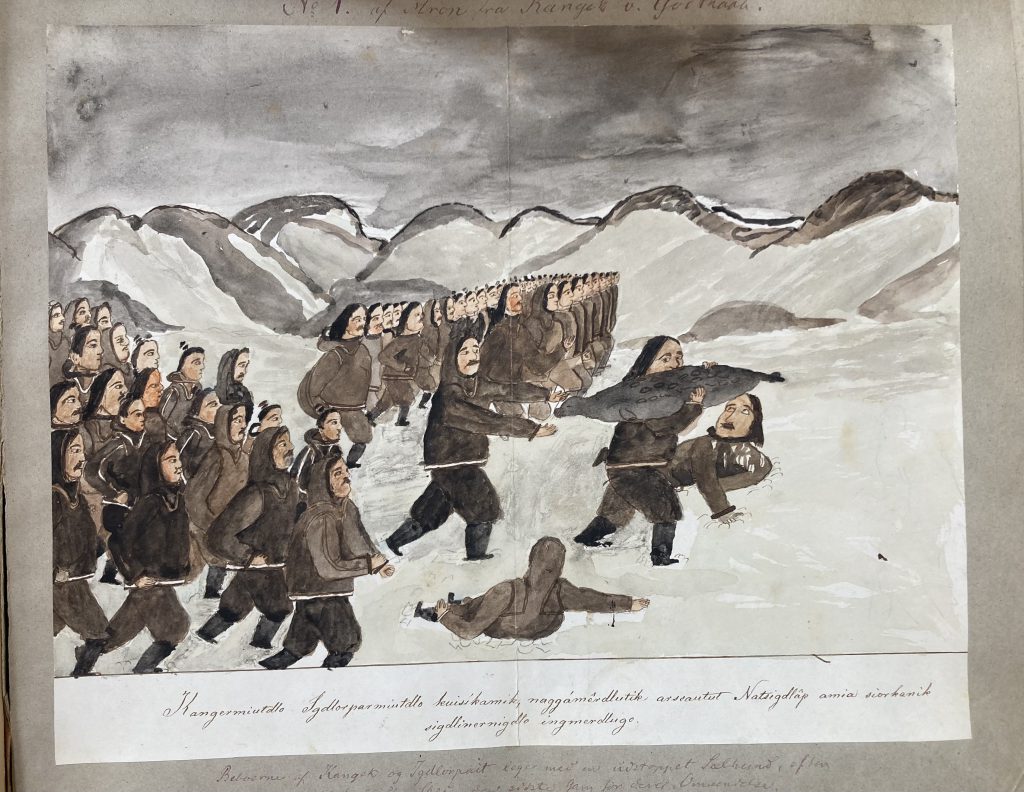
Watercolor scenes of Greenland, ca. 1860, from an album presented to Danish King Frederik VII [in the King’s Reference Library].
— — —
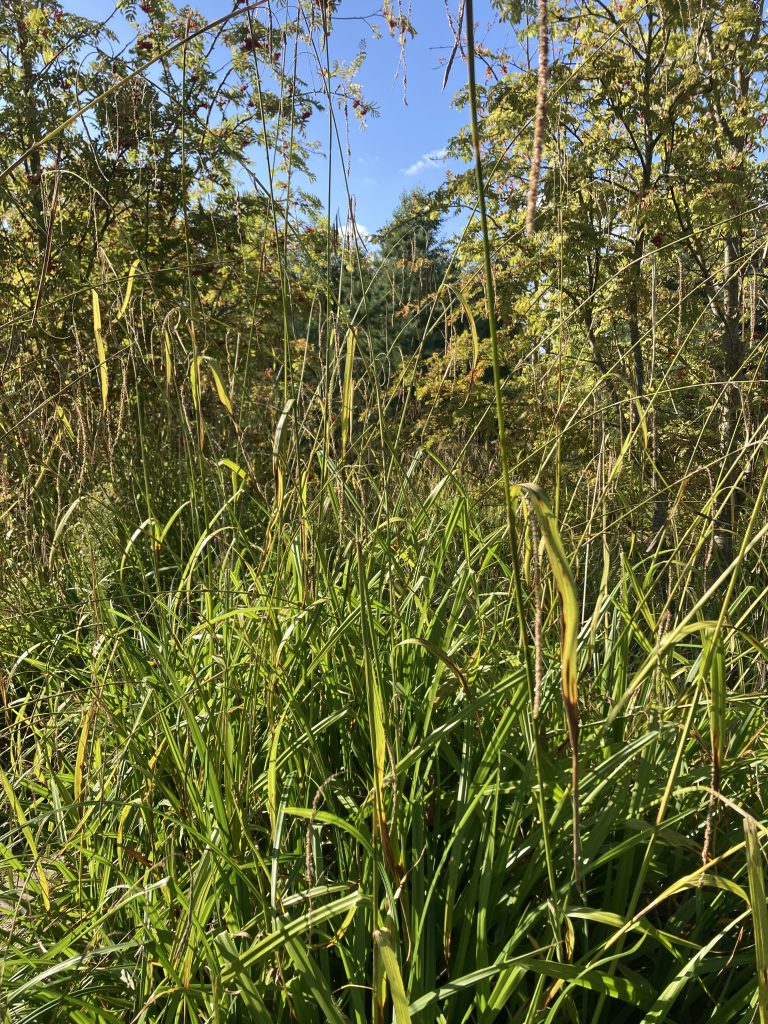
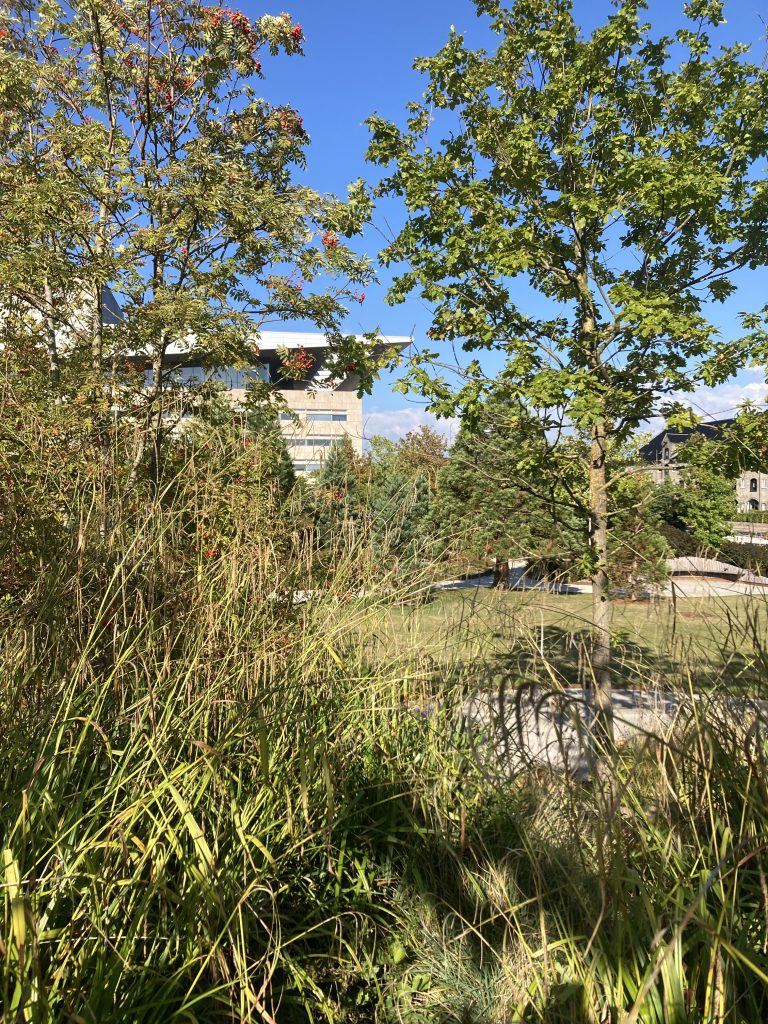
On the island near the Opera House, Copenhagen.
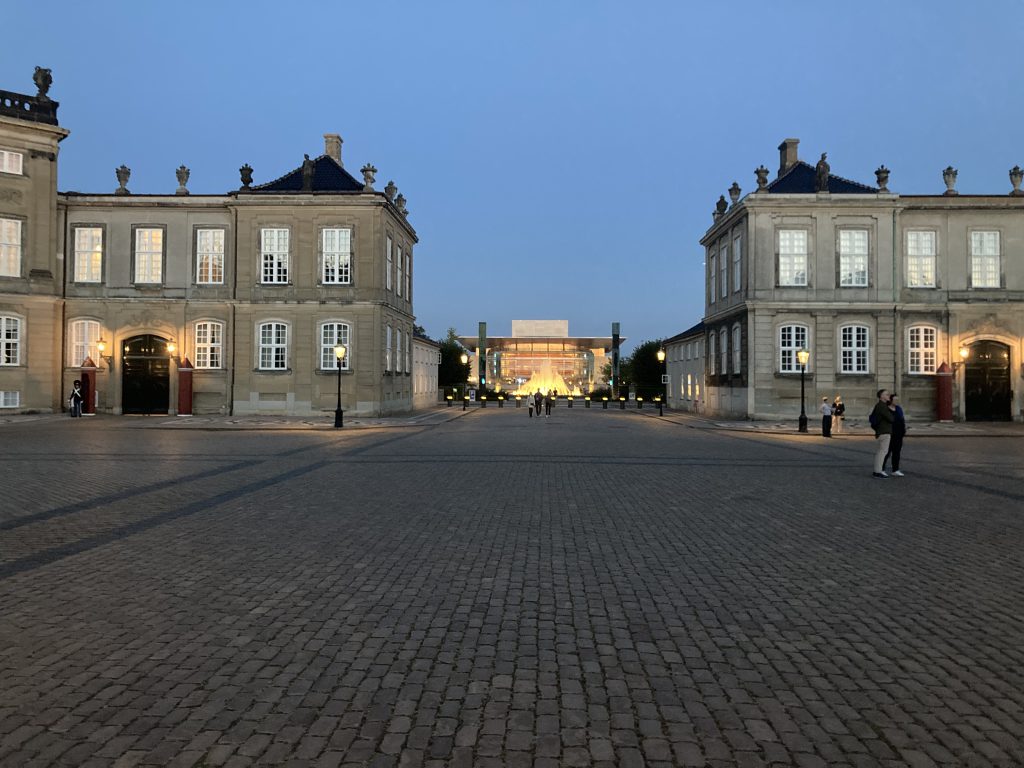
View of the Opera House from the Amalienborg Palace.
— — —
![Arne Jacobsen and Flemming Lassen. The House of the Future. [Copenhagen, 1929]. Drawing at the Royal Library in the Skatte / Treasures exhibition](https://endlessbookshelf.net/wordpress/wp-content/uploads/2025/09/IMG_2267-1024x984.jpeg)
The House of the Future. [Copenhagen, 1929]. Drawing by Arne Jacobsen and Flemming Lassen, at the Royal Library in the Skatte / Treasures exhibition.
— — —
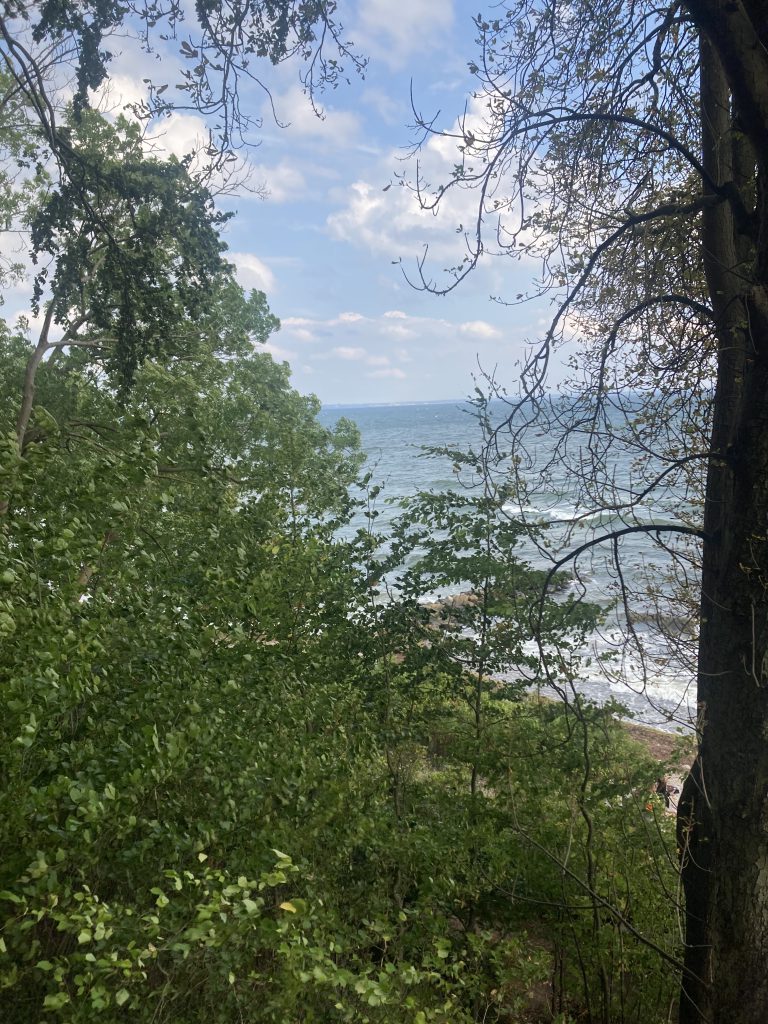
The view from the hill, at Louisiana (Sweden on the distant shore).
/ file under : easy nature
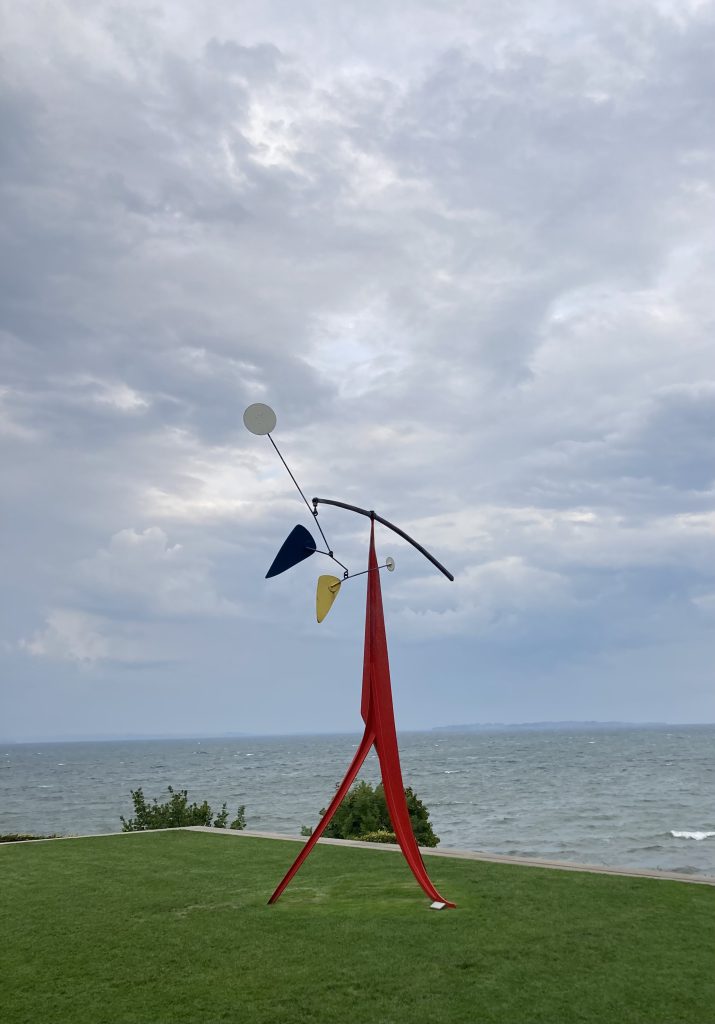
Alexander Calder at Louisiana.
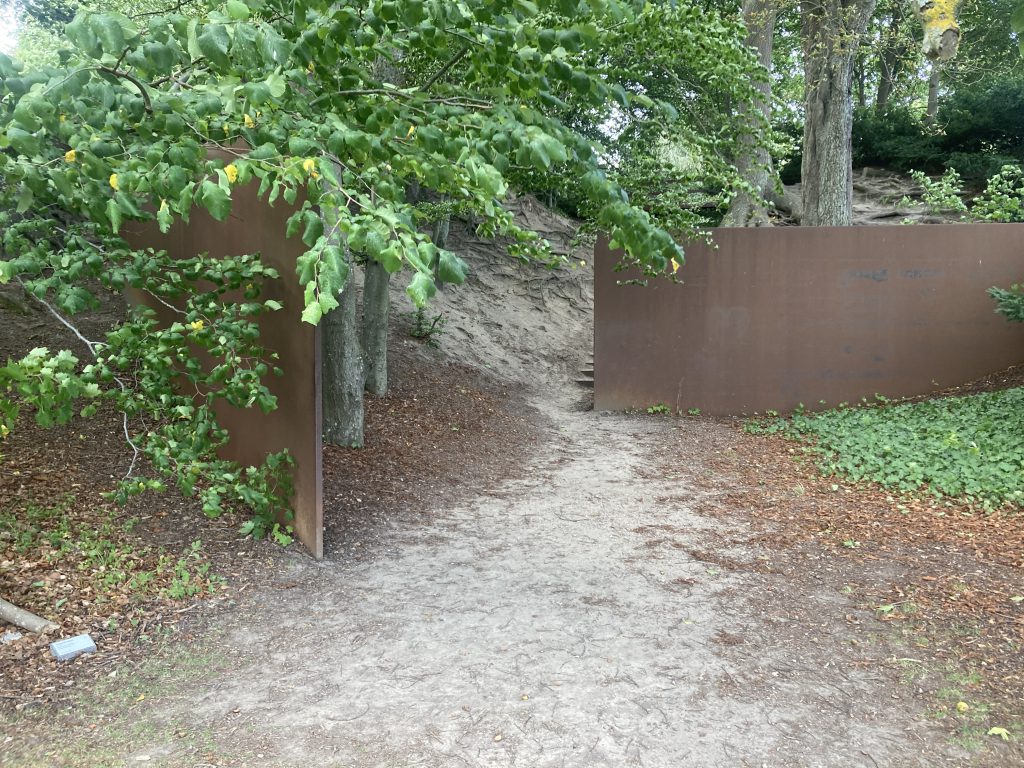
Richard Serra at Louisiana.
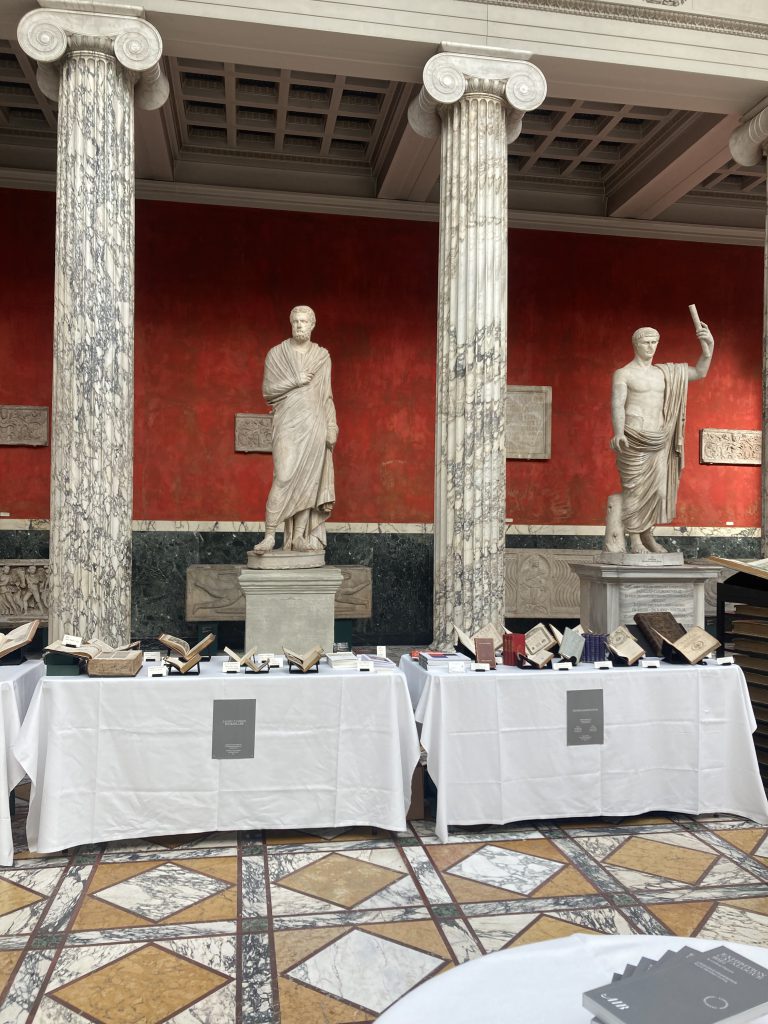
A.I.B. Copenhagen : book fair in Ny Carlsberg Glyptothek this morning
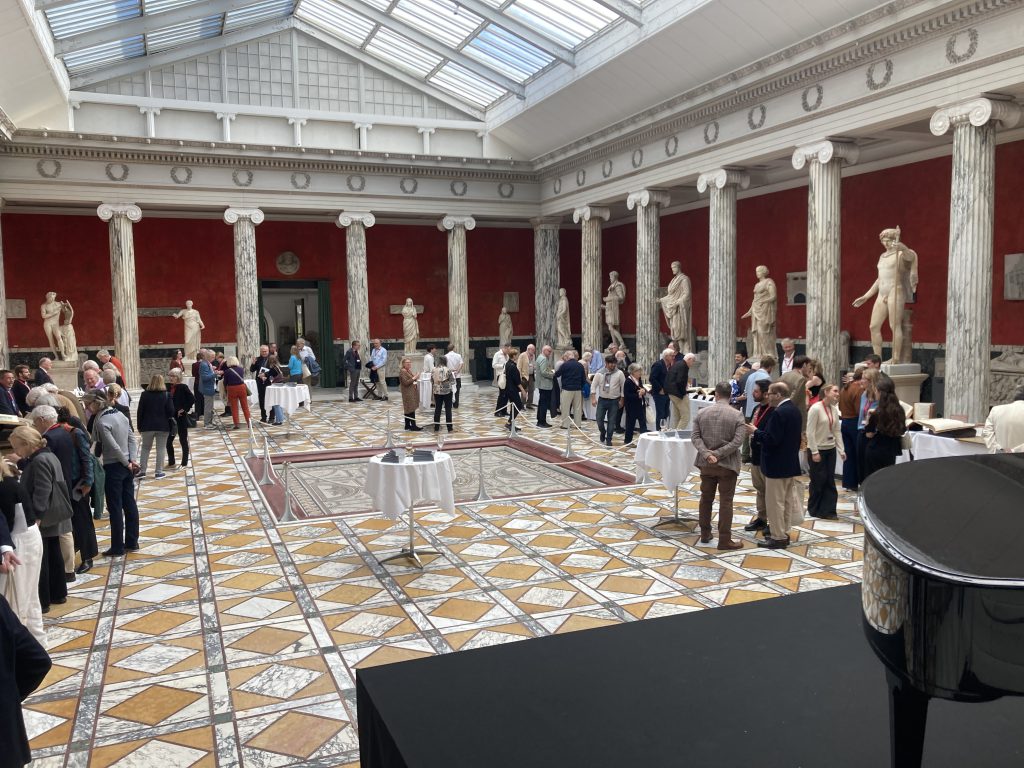

— — —
current reading :
— 66 [Sixty-six] Manuscripts from the Arnamagnæan Collection. Edited by Matthew James Driscoll [and] Svanhildur Óskarsdóttir. Museum Tusculanum Press, University of Copenhagen, [2015].
Illustrated commentary and discussion of selected manuscripts collected by Icelander Árni Magnússon in the late seventeenth and earliest eighteenth century : the wellspring of Icelandic literature, and of mediaeval Danish and Icelandic history and culture.
— Christopher Moore. Anima Rising. A Novel. William Morrow, [2025].
recent reading :
— Michael Innes. Appleby on Ararat (1941). Penguin Books, [1961].
— Michael Innes. Appleby at Allington [1968]. Penguin Books, [1970].
It was, Appleby reflected uncharitably, the successful Englishman’s chosen route to going soft.
A Chapin Centenary, Michael Innes, & others : recent reading mid-august 2025
recent reading :
— 100 Years 100 Voices. The Chapin Library. [Edited by Anne Peale.] Williams College, [2025].
A beautiful and richly illustrated celebratory catalogue, presenting selected items from the Chapin Library at Williams College, established with gifts from Alfred C. Chapin in 1923. Chapin had been buying very good and interesting books from the best dealers for nearly a decade before the initial gift, and the collection has grown since, through purchase and donation. The Chapin Library had a dynamic founding librarian, Lucy Eugenia Osborne, and has always functioned as a teaching library for undergraduate instruction. This intention shines through in this anthology. The collection ranges from European incunables and an Eliot Indian Bible (1663) to an Audubon Birds of America purchased from James Drake, from a miniature printing press owned by John Fast to a recent risograph artist book (and four copies of the 1855 Leaves of Grass). The short pieces about the books are by alumni (long gone and recent), past and present curators and librarians, faculty members, and others. The photographs, by Nicole Neenan, are nicely reproduced. This is an important publication, a concise and compelling testimony about why books and libraries are central to education.
— — —
— Timothy d’Arch Smith. The Stammering Librarian. [Strange Attractor, 2024]
I am delighted to have come across this collection of essays by bookseller, novelist, and bibliographer Timothy d’Arch Smith, whose novel Alembic (1992) appears in my Grolier Club exhibition checklist. The title essay and one or two of the other pieces link up directly to the concerns of his excellent memoir of bookselling in London in the 1960s, The Times Deceas’d (2003). There are memoirs of persons real and imaginary, including The Rev. T. Hartington Quince M.A., a Nicholas Jenkins / Anthony Powell pastiche now first published for a wider audience, though the British Library entry for the original appearance (in an edition of 15 copies in 1991, shelfmark YA.1992.b.6526), records Nicholas Jenkins as a “creator” ! Cricket, novelist Julia Frankau, school slang, and Aleister Crowley are other topics.
— — —
Over the next several weeks it will become ever clearer that I have embarked upon reading Michael Innes, whose wordplay and inventiveness are a pleasure. John Clute alerted me to The Secret Vanguard, and Mark Valentine lists Appleby’s End among his short list of Finest Quality Old English Yarns. I am enjoying the variety of this box of mostly tatty paperbacks — after reading a POD edition of The Secret Vanguard I decided that I am happier with a worn paperback — and I will eventually do something than merely extract interesting phrases.
— Michael Innes. Stop Press [1939]. Penguin Books, [1958].
——The Gay Phoenix. A Novel [1976]. Book Club Associates, [1976].
——. Hare sitting up [1959]. Penguin Books, [1964].
Jean turned and faced him. ‘Could you possibly,’ she said, ‘cut the cackle? And tell me what all this is about?’
——. Appleby’s End [1946]. Penguin Books, [1972].
Abbott’s Yatter, King’s Yatter, Drool, Linger Junction, Sleeps Hill, Boxer’s Bottom, Sneak, Snarl, Appleby’s End, Dream
‘Mister,’ he said heavily, ‘did ’ee ever see a saw ?’
— — —
— Michael Zinman. The Critical Mess. [Privately printed], 2025.
Compendium of articles by and about legendary collector of Americana Michael Zinman, whose “critical mess” theory is trickier than a casual glance might suggest :
“If you have enough stuff, good and not so good, you see things that someone collecting only fine copies will miss. This doesn’t in any way cast aspersion on the collector who desires the finest copy of a work, it’s just another way of approaching this world.”
— — —
recent reading : early august 2025
recent reading :
— Raymond Sokolov. Wayward Reporter. The life of A. J. Liebling. Harper & Row, [1980].
— R. B. Russell. T. Lobsang Rampa and Other Characters of Questionable Faith. Tartarus Press, [2025].
— E. F. Benson. Visible and Invisible. Hutchinson, [1923]. Collection of a dozen uncanny stories. The publisher’s catalogue (dated Autumn 2023) at the back lists this under new fiction : “Between our own and the other world lies a borderland of shadows, which eyes that can pierce the material plane may sometimes see.” Benson’s father (died 1896) was the late Victorian Archbishop of Canterbury ; his siblings were all very talented and eccentric. “Mrs. Amworth” is a nasty village vampire tale, deftly told.
In a centenary essay at Wormwoodiana, Mark Valentine notes Benson’s “sardonic glee in the macabre.” http://wormwoodiana.blogspot.com/2023/10/borderland-shadows-centenary-of-visible.html
— John Kessel. The Presidential Papers plus Imagining the Human Future : Up, Down, or Sideways plus The Last American and much more. PM Press, 2019. Outspoken Authors 31.
Includes “The Franchise” and Terry Bisson’s interview, and other satirical pieces. I saw John briefly at Readercon and he inscribed this “Critical of every president . . .”
— Paul Park. A City Made of Words plus Climate Change plus A Resistance to Theory and much more. PM Press, 2019. Outspoken Authors 23.
“A Conversation with the Author” and “A Resistance to Theory” are profoundly disquieting stories.
— A Soliloquy for Pan. Edited by Mark Beech. 372, [2] pp. Egaeus Press, 2025. Second edition (originally published 2015), with additional illustrations, adding one story, “The Game of the Great God Pan” by Benjamin Tweddell.
— Mark Samuels. Black Altars [2003]. Illustrations by Joseph Dawson. Zagava, 2025. Pictorial cloth. Elegant large format edition (12 x 7-1/2 inches) of this collection of six stories, a delight to hold in the hand and read.
— M. P. Dare. Unholy Relics. Edward Arnold, [1947] .
Collection of ghost stories in the tradition, though the plots are a bit coarser than anything from the pen of M.R. James ; and an exemplary work of literary misogyny couched in chivalrous postures. In that respect, Benson (see above) ain’t bad, neither.
dust jackets and scientific romance
At Readercon in mid-July, the great delight was the panel / conversation with John Clute about dust jackets and the information they encode (in and out of science fiction), with examples from The Book Blinders (2024), my own collection, and the Clute Library at the Telluride Institute [click on things to see bigger pictures].
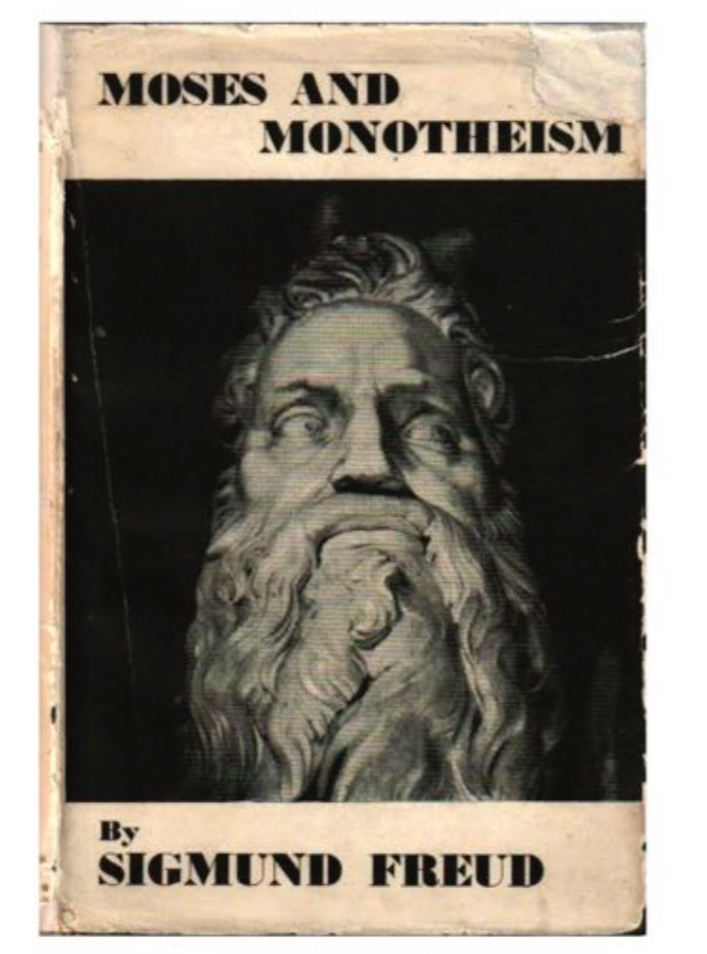
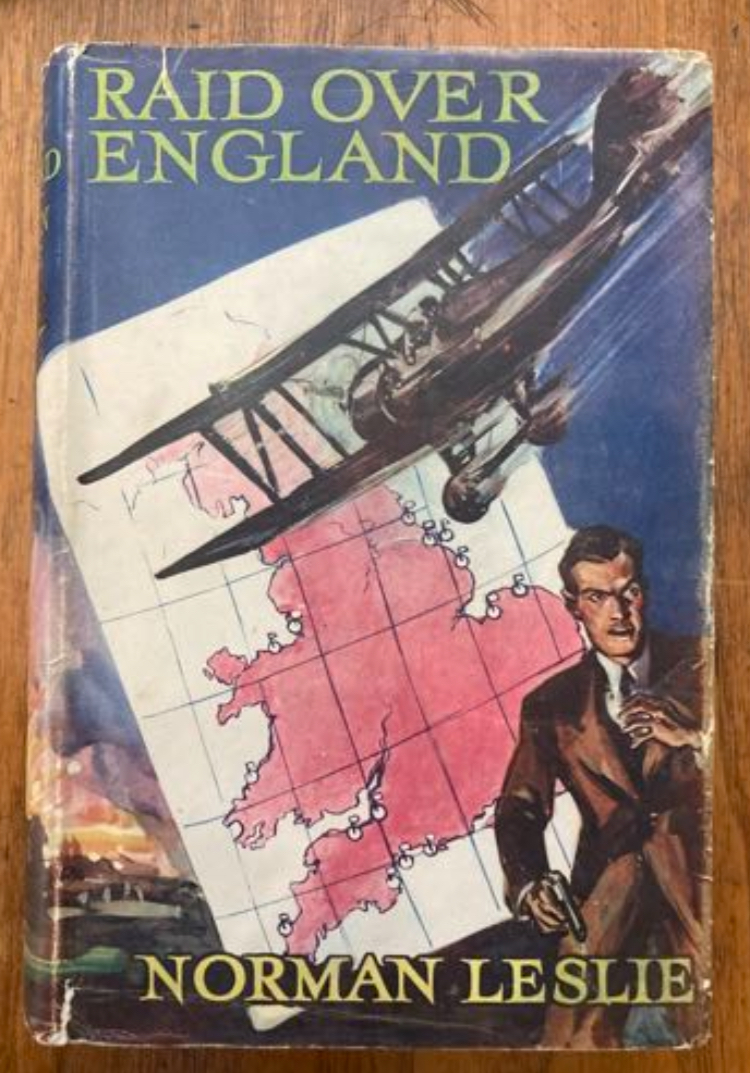
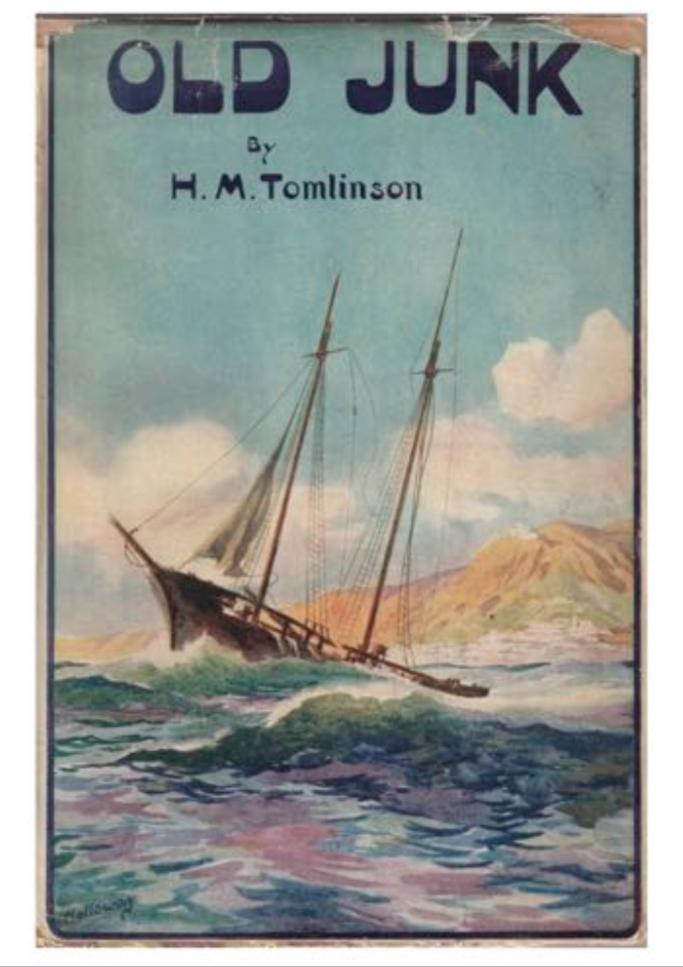
Clute also talked about the Scientific Romance in interwar British publishing, with Michael Dirda, a good chat. His thesis in progress is outlined at the SFE, lots of interesting titles (most of them in the Telluride hoard), details here :
https://sf-encyclopedia.com/entry/scientific_romance
![The World Ends by William Lamb [Storm Jameson] (dust jacket from the Clute collection, Telluride)](https://endlessbookshelf.net/wordpress/wp-content/uploads/2025/08/IMG_2042.jpeg)
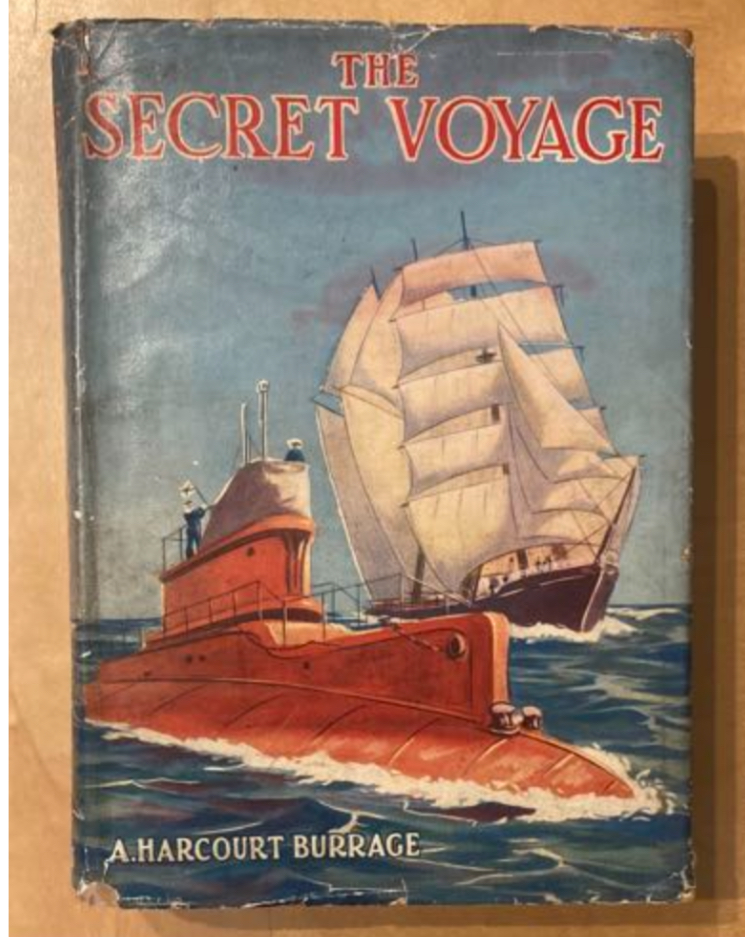
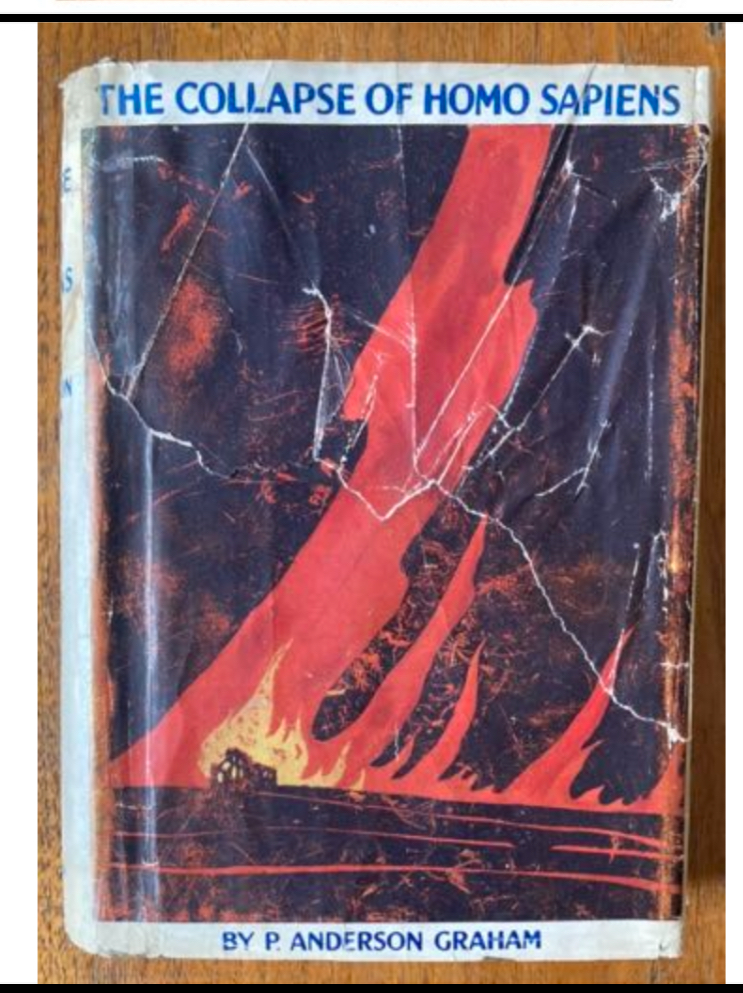
commonplace book : July 2025
1852 / 2025
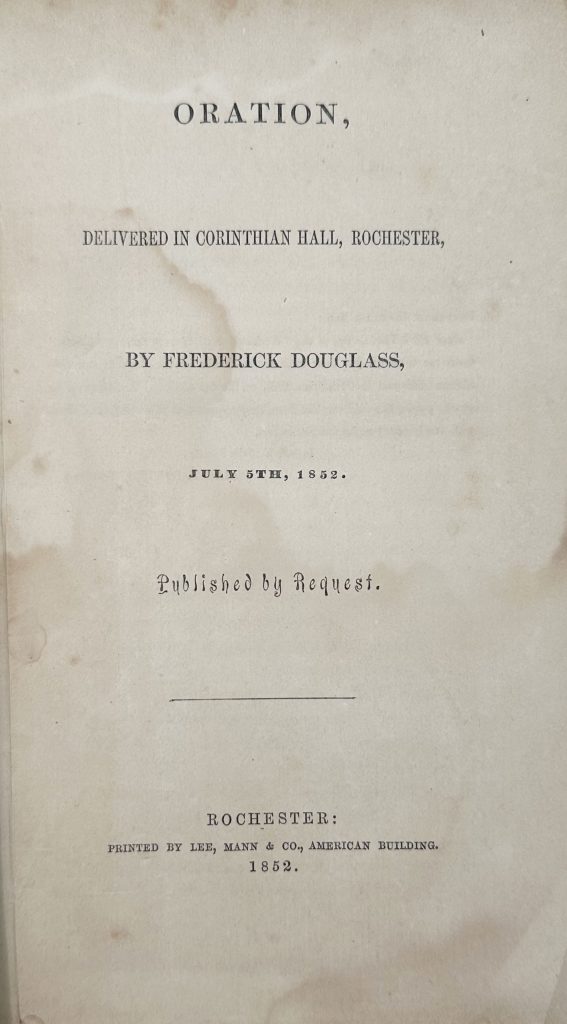
“There is not a nation of the earth guilty of practices more shocking and bloody than are the people of these United States at this very hour.”
— Frederick Douglass. Oration, Delivered in Corinthian Hall, Rochester [. . .] July 5th, 1852. Published by Request. Rochester : Printed by Lee, Mann & Co, 1852.
The single most persuasive reminder that there is more than one history of America.
James Earl Jones performed the Oration, here :
https://www.democracynow.org/2025/7/4/what_to_the_slave_is_the
— — —
“To live in luxury that does not belong to you is not to live in luxury at all. You realize you are an attribute of the luxury, not meant to luxuriate, meant instead to shine bright and cold like a diamond . . .”
— Corina Bardoff, “Barbara Blue”, in : North Anerican Review 310:2 (Summer 2025)
Bardoff’s story is winner of the Kurt Vonnegut Speculative Fiction prize for 2025.
A nimble, tricky tale, integrating style & content : all the thousand scraps that Aimee has stitched together to craft something new that “Judith” can inhabit for a time before shedding it. There are some excellent tiny brilliants scattered along the way : there is no brother coming to the rescue (explicit from the beginning) ; and Bardoff diagnoses the pathology in calling a girl a girl past a certain age. I love the off-cadence heart / earth / hearth play in the central protective rhyme. This is even more transformative than Angela Carter, very finely done.
— — —
in today’s mail (5 July)
— Mark Valentine. Borderlands and Otherworlds. Tartarus Press, [2025].
Collection of 32 essays on books and reading, with an emphasis on the fantastic and supernatural in the interwar years and into the 1950s. The original edition has sold out but a paperback is reported in production.
recent reading :
— Michael Innes. The Secret Vanguard [1940]. An Inspector Appleby Mystery. Open Road Integrated Media, [POD 30 June 2025].
“For an artist has a right to work with quotations if they are his medium, and daisies and buttercups which were not these flowers purely but these flowers plus a little Cowper and a little Crabbe . . .”
— Sylvia Townsend Warner. Kingdoms of Elfin [1977]. Foreword by Greer Gilman with an Introduction by Ingrid Hotz-Davies. Handheld Press, [2018].
/ re-read, with delight
recent reading : late june 2025
recent reading : late june
— Paul McAuley. A Very British History. The Best Science Fiction Stories of Paul McAuley, 1985-2011 [and:] . . . (Additional Stories). 2 vols. PS, 2013. Cover art by Jim Burns. Edition of 200 copies, signed by the author.
What a range of tone and subject, from far future urban sass and space drama to life in the ruins ; and McAuley’s hard science fiction as often engages political as scientific speculation. “Second Skin” (1997) and “Rocket Boy” (2007) are excellent hard tales; and “Cross Road Blues” (1991) and “The Two Dicks” (2001) are choice entries in the line of subversive British literary pastiches of American popular culture — I am thinking of “The Big Fish” or Back in the USSR by Byrne and Newman, and similar delights — indisputably, Howard Waldrop was read over there east of the Atlantic ocean.
“How We Lost the Moon, A True Story by Frank W. Allen” (1999) is great, Nevil Shute in space, with a fine ending. [This is high praise, not a dig : Jack Vance made a whole late career cycle of Wodehouse in space.] “A Very British History”, published in Interzone in 2000, is a review of an imaginary book worthy of Lem, but only a tricky Brit could have rung this particularly bell so clearly.
The world-building in the stories is sly and integral. As in the novels, the dance of ideas includes gestures or flourishes that would be infodumps in other hands : McAuley knows when to let an idea go as a flash or hint. I had read Fairyland and a few other novels ; reading War of the Maps earlier in the month prompted me to look at the short stories.
— Michael Swanwick. [Singular Interviews] S1ngular 1nterv1ews. Dragonstairs Press, 2025. Edition of 60 copies signed by the author. Stitched in Indian paper wrappers of various hues, with title label.
Michael Swanwick is the originator of the Singular Interview (many were published in the New York Review of Science Fiction). When he asks a single question, people answer: John Crowley, Tom Purdom (a witty joke), Eileen Gunn, Gregory Frost, Paul Park, Mike Resnick, Samuel R. Delany, Karl Schoeder, David Hartwell, Henry Wessells, Greer Gilman, Spider Robinson, Fran Wilde, Tom Purdom (a serious answer this time), and Michael Moorcock.
[It is a useful conceit, and I have borrowed it on several occasions). The edition sold out almost immediately, as usual with this press (see me after class if you need a copy)].
Readercon 34 (July 2025)
Readercon 34 Schedule
at the Boston Marriott Burlington in Burlington, Mass.
https://readercon.org
Saturday 19 July
10:00 a.m., at the autographer’s table
Autograph Session : Henry Wessells
Sunday 20 July
10:00 to 11:00 a.m., in : Create / Collaborate
The Art of the SF Book Cover
John Clute & Henry Wessells
Panel description : Since its inception, the British Library, the national library of the UK, has stripped dust jackets off books in its holding and discarded the unwanted wrappers, losing an essential piece of their cultural and artistic significance. In The Book Blinders, science fiction historian and theorist John Clute details the “annals of vandalism” at the British Library, with a focus on works lost (and found). John Clute and antiquarian bookseller Henry Wessells give a joint presentation on this subject, with numerous illustrations, and with extra time for Q&A.
11:00 to 11:30 a.m., in : Empower / Embrace
Reading : Henry Wessells
Henry Wessells reads from The Elfland Prepositions and from Another Green World (both newly published in 2025).
12:00 noon to 1:00 p.m., in : Create / Collaborate
The Art of the SF Book Cover
John Clute & Michael Dirda
Panel description : The early divergence of American and British science fiction may best be witnessed in the works of UK authors in the 1930s and ’40s that have been called “scientific romances.” Unlike their pulp cousins in the US, these works lack the optimistic outlook of young square-jawed heroes out to conquer the galaxy. Instead, they offer anxiety about rogue scientists armed with Ultimate Weapons out to blackmail the world to either peace or servitude. In this presentation, famed fantastika theorist John Clute and Michael Dirda will discuss this less-recognized strand of SF.
[N.B. I will be running a slide show not dissimilar to the one for dust jackets.]
I should arrive at Readercon by midday on Friday. Temporary Culture will have a table in the book room on Friday and Saturday, and copies of A Conversation larger than the Universe, The Private Life of Books, The Elfland Prepositions, and Another Green World (advance copies of the Zagava paperback), the publications of the Avram Davidson Society, Sexual Stealing by Wendy Walker, and a variety of other books will be available for sale (cash, cheque, or paypal). If you see me, come say hello. There is always plenty of time for conversation.
